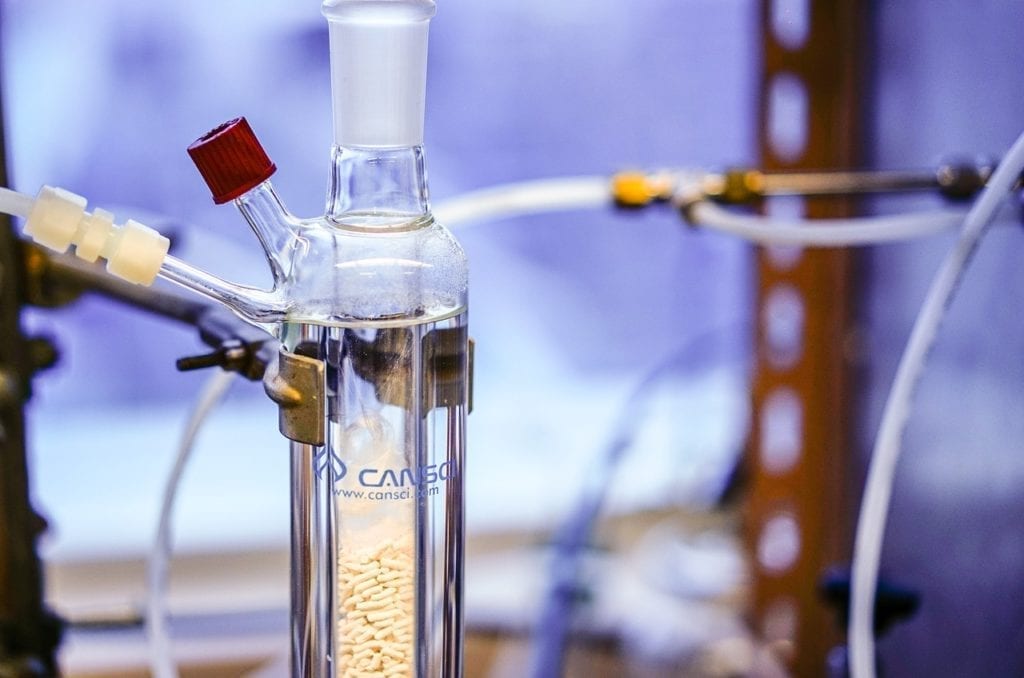A gene therapy for Pompe disease is the first treatment of its kind to be clinically tested, reports Duke University. Researchers at the University, working with NCATS Therapeutics for Rare and Neglected Diseases (TRND), are planning a clinical trial on twenty Pompe patients to begin in the fall of 2018.
Pompe disease is a progressive, inherited genetic disorder that affects approximately 1 in 40,000 people in the US. It is caused by mutations to a gene involved in producing the enzyme acid alpha-glucosidase (GAA). GAA breaks down the sugar glycogen, but the shortage of this enzyme in Pompe patients allows glycogen to build-up to a toxic level in cells. This prevents organs, and in particular muscles, from functioning normally. People with Pompe disease can experience progressive muscle weakness, an enlarged liver or heart, and breathing problems, although symptoms vary depending on which form of Pompe disease an individual has. To read more about Pompe disease, click here.
The most common treatment for Pompe disease patients at the moment is enzyme replacement therapy (ERT). In ERT, excessive glycogen deposits are broken down by injecting patients with the enzyme GAA every two weeks. Although this alleviates the effects of Pompe disease for many people, other patients find that their bodies reject the GAA as a foreign substance. This provokes an immune response and prevents the treatment from working. Furthermore, the frequent injections are expensive and time-consuming for patients.
The new gene therapy based on a different approach may provide an alternative for patients whose immune systems reject GAA injections. The therapy delivers a healthy gene into a patient’s liver using a modified virus. This gene can then produce the GAA enzyme from within the body. This method has already been successfully tested in pre-clinical trials involving mouse models. In these trials, it was shown the gene therapy could both compliment and replace ERT.
When mice were given the gene therapy their immune systems learned to recognise GAA, making ERT injections more likely to be successful. Furthermore, this remained true even when doses of the gene therapy were too small to produce enough GAA for better muscle function. The gene therapy could also replace ERT in the animal models, with a single dose of it producing results that were equal to or better than those produced by ERT. Once gene therapy caused the mice to produce enough GAA, there was no further need for ERT.







